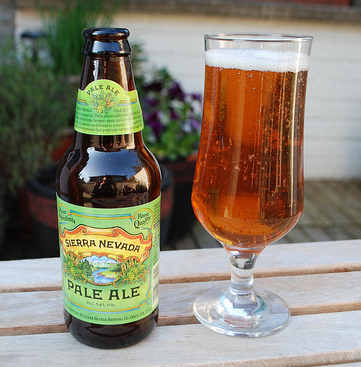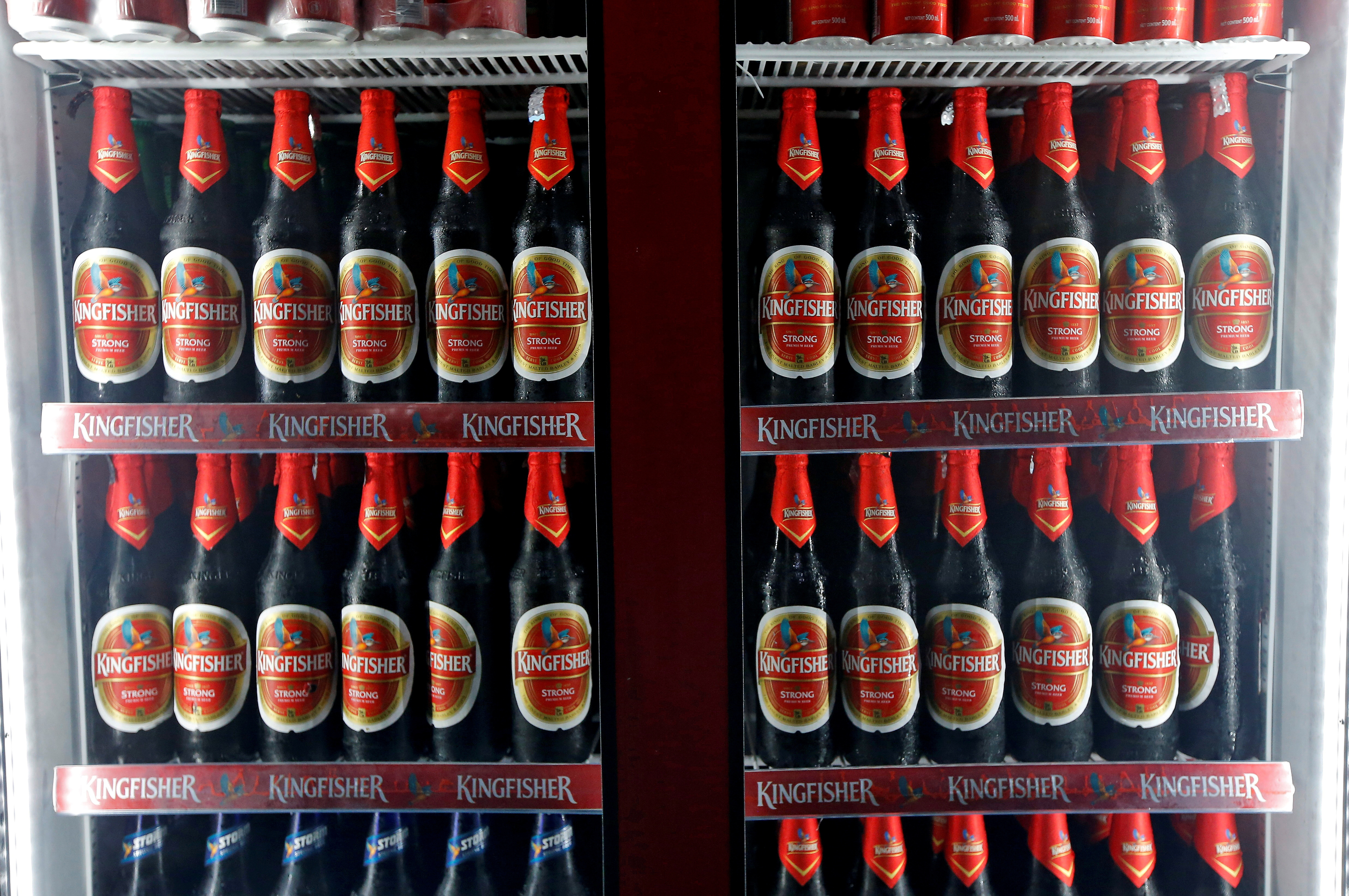From Mash to Container: The Details of Craft Distillery Production Revealed
Craft distillery production is a precise process that includes a series of complex actions to change raw components right into a polished spirit all set for usage. From the first phases of mash prep work to the last touches of classifying and bottling, each stage of manufacturing plays an important role fit the character and top quality of the last item (Seawall Bar). As we untangle the complexities of craft distillery manufacturing, we will certainly reveal the artistry and scientific research behind each step, losing light on the surprise globe that culminates in the production of a distinct and remarkable spirit
The Art of Mash Prep Work
Mash preparation in craft distillery production is a meticulous procedure that lays the foundation for the quality and flavor account of the last distilled spirits. The art of mash preparation involves integrating grains such as barley, corn, rye, or wheat with water and enzymes to transform the starches right into fermentable sugars. This crucial action requires accuracy in the choice of grains, water quality, and enzyme activity to ensure optimum sugar extraction during fermentation.
Craft distilleries take great care in sourcing top notch grains as they directly impact the taste and personality of the spirits. The proportions of different grains used in the mash bill are likewise meticulously computed to achieve the wanted taste account. In addition, elements such as water temperature level, pH degrees, and mixing methods play a significant function in the mashing procedure.
As soon as the mash is prepared, it goes through fermentation, where yeast is contributed to convert sugars right into alcohol. The quality of the mash directly affects the efficiency of fermentation and eventually, the total high quality of the distilled spirits. Craft distilleries pride themselves on their attention to information during mash prep work, identifying its importance in producing remarkable spirits.
Fermentation: Changing Components Into Alcohol
Just how do craft distilleries transform meticulously prepared components right into alcohol via the process of fermentation? Fermentation is a critical step in craft distillery production where yeast connects with sugars to create alcohol. After the mash preparation stage, the fluid, recognized as wort, is transferred to fermentation tanks. Yeast is then added to the wort, where it eats the sugars present in the blend, transforming them right into alcohol and carbon dioxide.

Throughout fermentation, the temperature and atmosphere are very closely kept an eye on to ensure ideal problems for yeast activity. This procedure typically takes a number of days to a week, relying on the preferred alcohol web content and taste account. As the yeast works its magic, the liquid undertakes significant chemical modifications, causing the development of alcohol.
As soon as fermentation is complete, the resulting liquid is recognized as the clean or beer. This alcoholic liquid serves as the foundation for the succeeding purification procedure, where it will be transformed right into the final spirit through cautious craftsmanship and accuracy strategies.
Distillation Techniques and Equipment
Utilizing specialized tools and accurate techniques, craft distilleries use different distillation approaches to extract and improve the alcohol web content of the fermented laundry, ultimately forming the character and quality of the last spirit. Hybrid stills incorporate aspects of both pot and column stills, providing distillers adaptability in crafting a diverse array of spirits. Craft distillers typically experiment with different devices setups and purification methods to attain distinct and remarkable spirits that mirror their creativity and experience.
Aging Process: From Barrel to Container
With the distilled spirits currently prepared, the emphasis moves in the direction of the important phase of the aging procedure, where the makeover from barrel to bottle imbues the fluid with distinct tastes and characteristics. The choice of barrel kind, whether oak, charred, or previously used for other spirits, greatly influences the last preference account.

Bottling and Labeling: Last Touches
Upon conclusion of the aging procedure, the craft distillery thoroughly continues with the careful tasks of identifying and bottling, adding the last touches that will offer the spirit to customers. Craft distilleries frequently make use of automated bottling lines furnished with machinery here such as browse around these guys cappers, labelers, and fillers to streamline the procedure.
Tags frequently consist of essential information like the spirit's name, alcohol material, and beginning. In addition, some craft distilleries hand-label their bottles for a customized touch, specifically for minimal edition releases.
When the containers are loaded, secured, and labeled, they go through a final examination to guarantee they fulfill the distillery's standards. This interest to information in the bottling and classifying process reflects the craft distillery's commitment to providing a costs product to consumers.

Final Thought
Finally, the process of craft distillery manufacturing involves thorough steps such as mash preparation, fermentation, purification, aging, and bottling (Galveston Whiskey). Each phase requires cautious focus to detail and specific tools to guarantee the last product fulfills high standards of high quality. From changing ingredients right into alcohol to bottling and classifying the completed product, craft distilleries showcase the art and scientific research behind creating exceptional spirits for critical consumers
Craft distillery production is a meticulous process that includes a collection of intricate steps to transform raw components right into a polished spirit ready for consumption.Mash preparation in craft distillery production is a careful procedure that lays the structure for the top quality and flavor profile of the final distilled spirits. Craft distilleries pride themselves on their interest to detail during mash preparation, acknowledging its value in developing remarkable spirits.
Upon conclusion of the aging process, the craft distillery very carefully continues with the careful jobs of bottling and classifying, moved here including the last touches that will provide the spirit to consumers. From transforming components into alcohol to bottling and identifying the completed product, craft distilleries showcase the art and science behind creating exceptional spirits for critical customers.